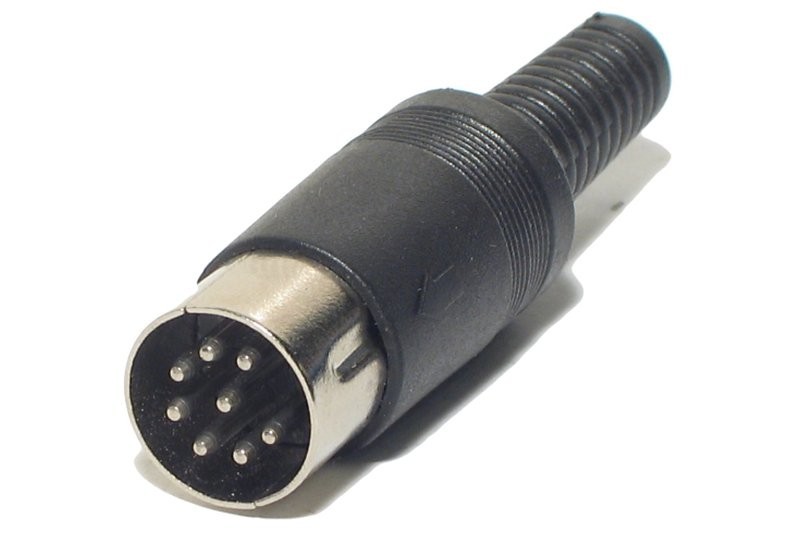
NEC PC-6001mkII cmt1 cmt2 GND REC PLAY REM+ REM- GNDįujitsu FM-77 GND GND GND REC PLAY REM+ REM- GND NEC PC-8001 GND GND GND REC PLAY REM+ REM- GND The critical signals to make the interface work are in CAPS below "extra" signals that shouldn't harm operation if left unconnected are in lower-case. Note that some references are different, in particular some that give a numbering marked "male" are actually looking at the side of the connector you solder, which gives the same numbering as below. In this answer we use the standard pin numbering, below looking in to the female jack on the computer. The listings below are in approximately chronological order of release. MSX1 seems to be fairly consistent (excepting analogue RGB, which we're not covering here), so between that and the pre-MSX computers there aren't all that many of them. This won't help with determining if there are any formal standards, but we can at least figure out if there are informal/accidental standards by looking at actual machines. This information should be integrated into what's below. The page OLD Hard 旧機種情報 >Connecter Infomation ケーブル情報 (Japanese) has a lot of information on various cables for Japanese computers, including a summary table at the bottom of that page covering CRT, keyboard, mouse, CMT (cassette), FDD and power (電源) connectors for 36 different computers. (I believe that would restrict this mainly to pre-MSX and MSX1 computers.) Standards for the monitor side of the connection or analogue RGB signals outside the scope of this question, unless they have a direct bearing on the connectors/signals above.

I am interested just in the signals listed above: cassette audio, composite video and TTL (digital) video. Is there a common (even if informal) standard for any or all of these, or do Japanese 8-bit computers frequently use the same 5-pin and 8-pin DIN connectors for these signals but with different pinouts?

These are just ones I have examined myself I have seen various other examples on the net that look as if they also output the above signals out the same jacks.


 0 kommentar(er)
0 kommentar(er)
